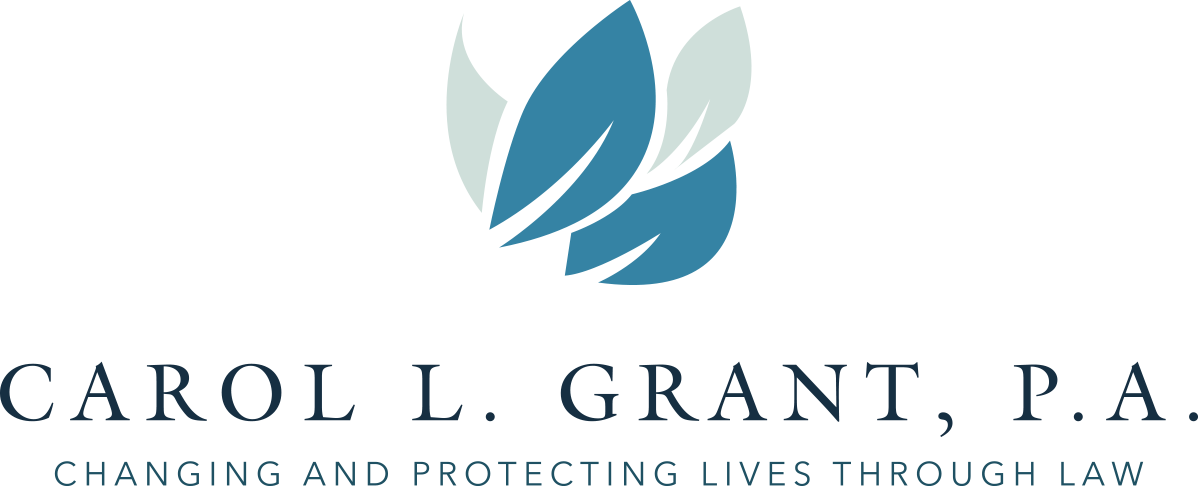Estate planning documents, including wills, trusts, power of attorney and related documents, are designed to reflect life, which inevitably includes a steady stream of changes. Tax laws change, as do families and relationships. When Should I Update My Estate Plan?
A recent article from The Press-Enterprise titled “Avoid probate and audit an estate plan regularly” recommends a review with your estate planning attorney every three to five years. A lot happens in three to five years, including national elections and federal tax legislation.
Start by considering the people you have named to serve after you are incapacitated or after death, including your executor, guardian for minor children, trustee, power of attorney, healthcare proxy and successor trustee. Do you still want those people in their respective roles? Are they still willing to act on your behalf? If they have moved away or have died, you will need to identify new people and update your estate plan.
Has your estate plan stayed current? Some attorneys take a walk down memory lane when they review estate plans, as planning strategies change over the years, reflecting tax laws and social expectations. An old trust might have a provision requiring a division of the trust into two shares at the first spouse’s death. This was done so both spouses’ estate tax exemptions were used. However, the law changed in 2011 and now the surviving spouse automatically preserves the deceased spouses’ estate tax exemption for later use. Dividing the assets into two separate trusts is no longer necessary.
Depending upon your situation, there may be reasons to retain this or other out-of-date provisions. However, you will not know until you review the documents with an experienced estate planning attorney.
Do your trusts accomplish your current goals? If your trusts were created to protect a spendthrift heir who has now become a model fiscal citizen, you may want to make changes. If you have left your assets outright to beneficiaries and one has entered into a questionable marriage, it is time to protect your beneficiary by having a trust created.
Beneficiary designations should be reviewed every time an estate plan is reviewed. It is likely that you own several assets controlled by beneficiary designations. These may include annuities, life insurance, IRAs, Roth IRAs, investment accounts and many other assets. The beneficiary designation always supersedes the will. Estate planning attorneys, insurance agents and financial advisers see this go wrong all the time.
No matter what your will says, if the name on the beneficiary designation is alive, they will receive the asset. It does not matter if you have not spoken to them in twenty years, or the divorce was ten years ago. This issue is not just about keeping your ex’s hands out of your estate. Here is a good example: a spouse names a now-deceased husband as the beneficiary of an IRA. No contingent beneficiary was named, and no new beneficiary form was updated after the husband died. When the second spouse dies, the default beneficiary of the IRA, worth around $500,000, is the estate. Instead of being distributed directly to a beneficiary, the funds are now part of the probate estate. The IRA will end up in the living trust through a pour-over will stating “I leave everything to my trust.” A simple update could have avoided legal fees, executor fees and delays.
Your estate plan is only as good as its last review. Getting comfortable with the concept of reviewing it every three to five years will protect your goals and your family.
Reference: The Press-Enterprise (Feb. 6, 2022) “Avoid probate and audit an estate plan regularly”







